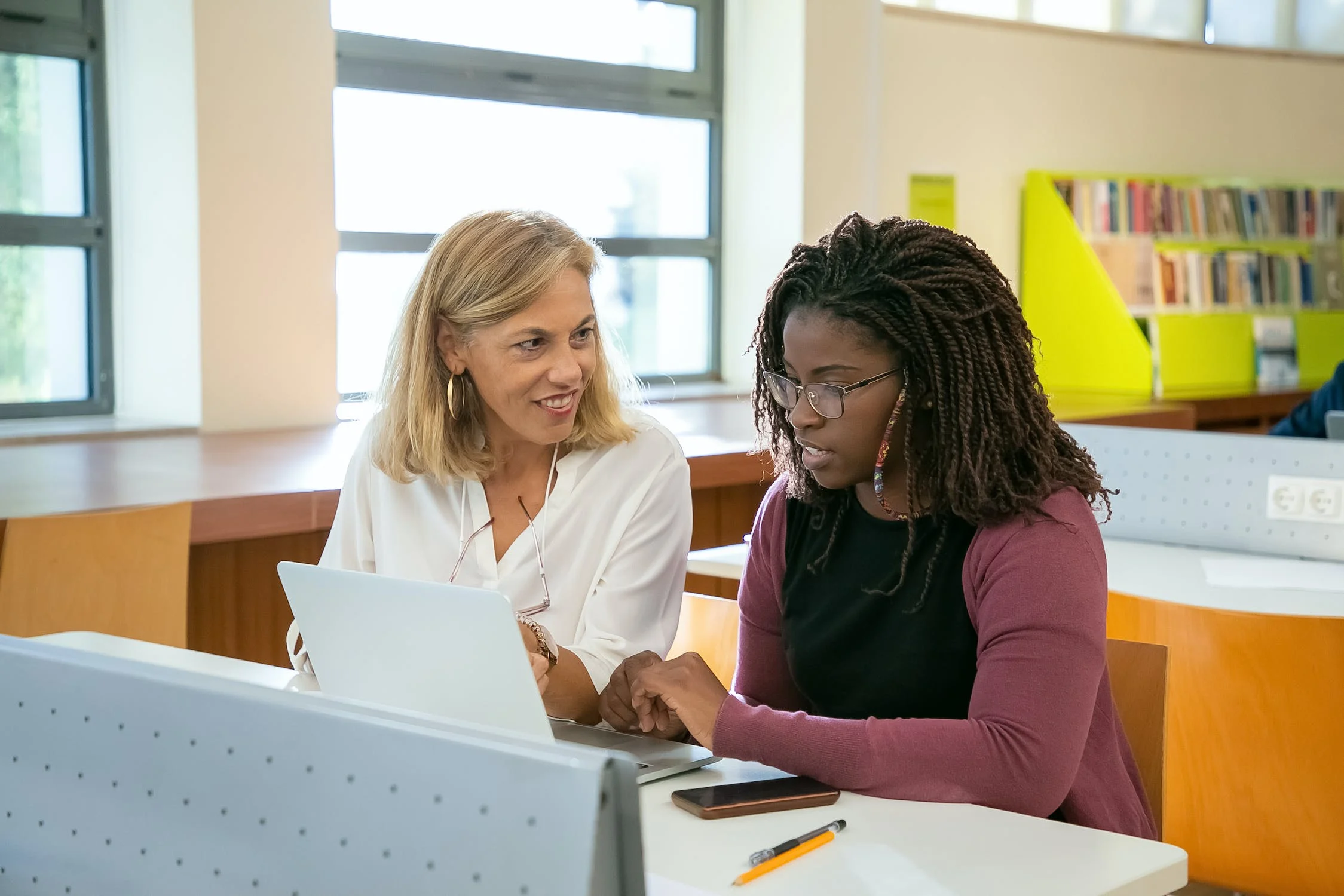
Today, educators are reshaping the classroom to embrace student-centered learning through targeted and relevant content. Student-centered learning refers to a variety of educational programs, learning experiences, instructional approaches, and academic-support strategies that are intended to address the distinct learning needs, interests, aspirations, or cultural backgrounds of students.
These factors are further influenced by a student’s behavioral, emotional, and cognitive engagement. While all of these dimensions showed a positive correlation with students’ academic achievement, studies have shown that active engagement is the most likely to impact results.
For example, active student engagement requires educators and teachers to identify and build upon a student’s talents and strengths. This is also why teachers and educators are embracing strength-based data profiles and personalized learning, an educational approach that aims to customize learning experiences for each student, or group of students.
In a personalized learning environment, educators don’t teach students as a collective in the traditional way. Instead, teachers use data to drive instruction and leverage technology to offer choice around path, pace, time, and space to ensure students are given opportunities to engage with the content in a way that meets their needs. Not only does this bring students up to speed more quickly, but it also provides an opportunity to extend learning in meaningful ways.
Those who advocate for personalized learning also cite a number of benefits contributing to student empowerment, engagement, and achievement.
At Highline Public School, for example, the district is committed to delivering on their “promise to know our students and adults by name, strength, and need”. The approach emphasizes getting to know students on a deeper level.
As a mother of two teens, it’s a mission that is close to Highline Public Schools’ Executive Director of System Improvement for Student Success, Rebekah Kim’s heart.
“It is my wish and dream that staff would have access to tools like this, so that when they look at my children, their GPA, or their state test scores, they’re also going to see the talents and the skills and the athletic abilities that also define who my children (and all other children) are.”
The most critical piece of creating strength-based student profiles isn’t just in the data alone, however. What to do with the data once it is made accessible for stakeholders is the key work that Kim has focused her recent doctoral studies around, building and fostering data literacy. Part of her action research included the development of a data literacy training framework for teachers and leaders, based on the feedback she collected for the most effective way to build knowledge and skills of data use. “Effectively moving the data from the boardroom to the classroom,” she adds is how we make the data meaningful and effective, as long as we have the right data.
“You can have the richest data in the world, but if you use it with a deficit lens, or use it in a way that perpetuates these biases, especially around race, then it is not strength-based,” said Kim, adding that her work to steer data literacy remains in progress. “My dream and hope is having these strength-based profiles make an impact for students so that students can be seen holistically.” This strength based lens has been at the core of the design and ongoing development of this new data system.
Listen to the full episode of the “Educator Pineapple Podcast” featuring Rebekah Kim, here.
| A new era of education is here. Want to learn more about how today’s educators are leveraging educational technology to design flexible, personalized learning experiences for all learners? Download the latest guide from Vivi: “Moving Away from the Front of Class.” Download |



